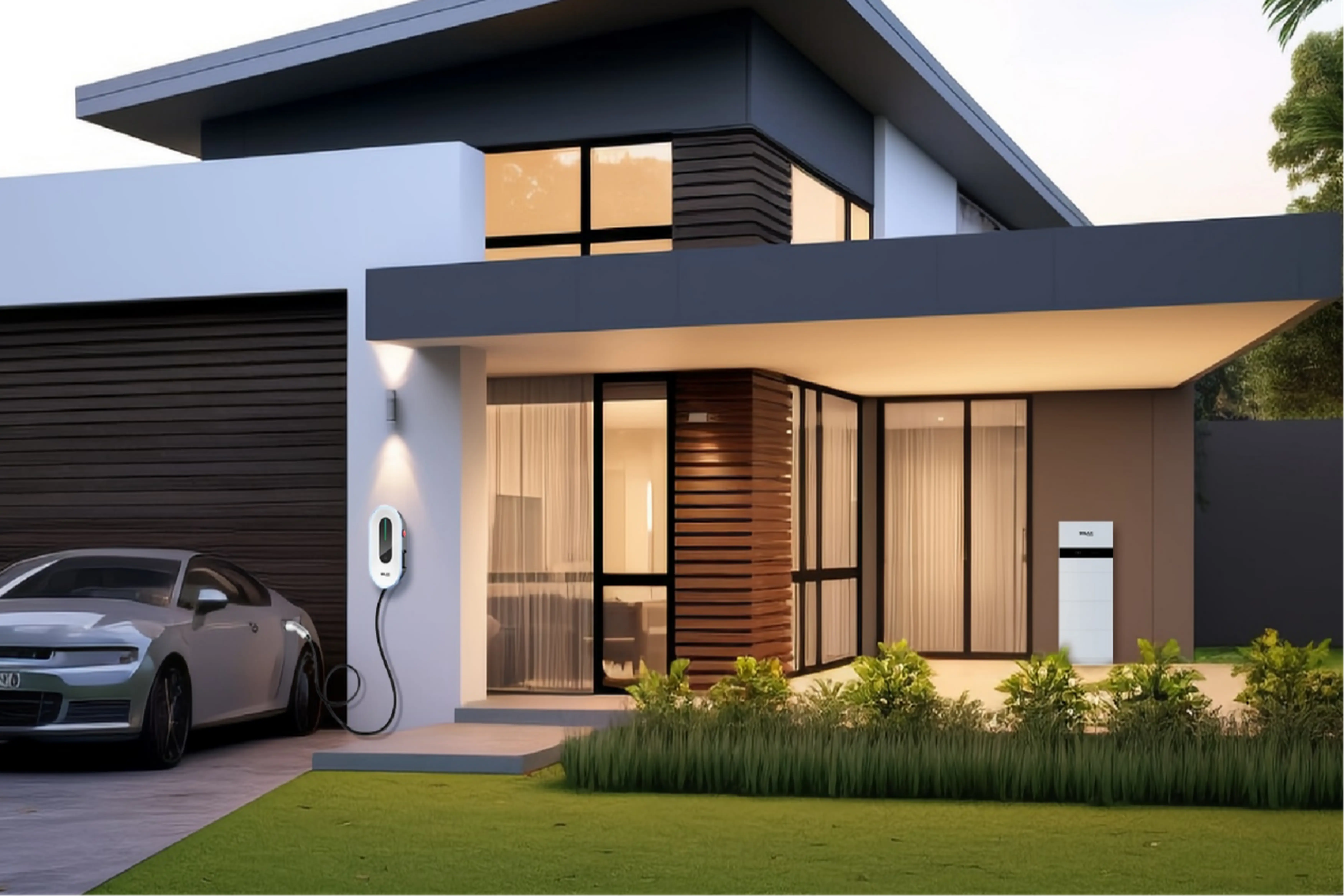

As Germany accelerates its energy transition to a more sustainable and stable grid, the introduction of EnWG §14a marks a significant step forward. This regulation, which mandates that high-power devices be controllable by grid operators to prevent overloads during peak demand, will become mandatory in 2025. For consumers and businesses alike, this new rule presents both challenges and valuable opportunities.
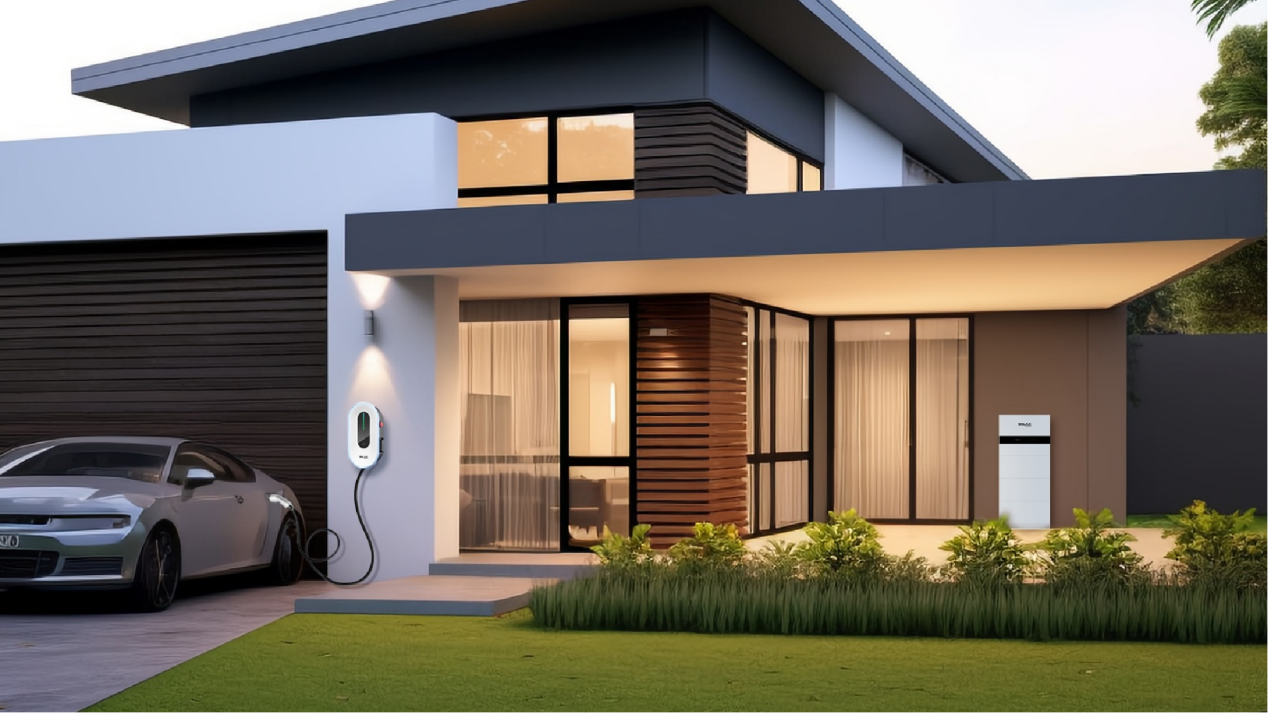
Effective from January 2024, EnWG §14a allows grid operators to temporarily reduce the power output of controllable devices during potential grid overloads, without completely disconnecting them. In return, consumers benefit from reduced grid fees. This regulation applies to new controllable energy-consuming assets such as heat pumps, EV chargers, and residential batteries, while grid operators are required to upgrade grid infrastructure to meet rising demand.
As Germany moves towards a low-carbon economy, electrification of transport and heating is adding new pressures on the grid. EnWG §14a aims to balance supply and demand by making high-power devices controllable, ensuring grid stability and boosting energy efficiency. Moreover, it provides financial benefits to consumers by reducing electricity costs during peak periods.
l Lower Energy Costs: Compliant devices help optimize energy use, potentially lowering electricity bills by reducing peak demand.
l Improved Grid Stability: The regulation prevents power outages, ensuring a reliable energy supply.
l Enhanced Renewable Energy Integration: §14a supports renewable energy, offering cleaner, lower-cost power while reducing reliance on fossil fuels.
SolaX energy storage systems and EV chargers are equipped to interface directly with FNN Control Boxes through a simple dry contact connection. This allows grid operators to manage power output easily, ensuring compliance with §14a.
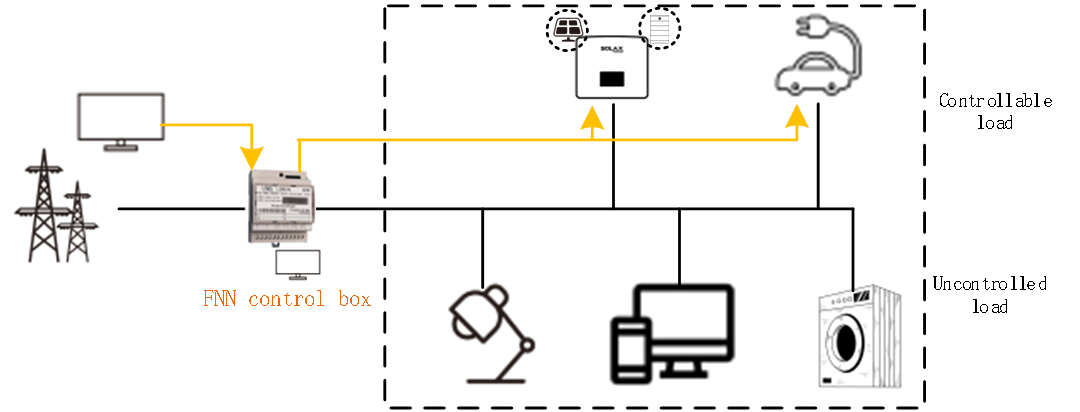
Supported FNN Control Boxes:
· LMS-LCR170: Allows power adjustments to 60%, 30%, and 0%, or full output. Connect via R4 (Pin11/Pin12).
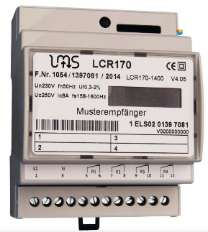
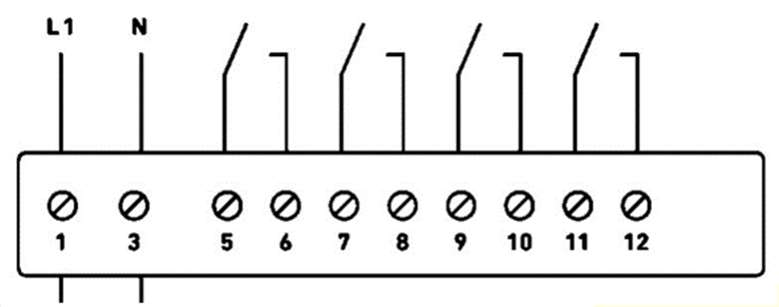
· VIVAVIS-STBF24A: Offers various operational states, including unrestricted, minimum output, and lock modes. Connect via E1 (Pin13/Pin14).
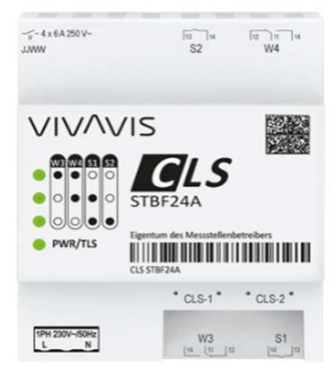
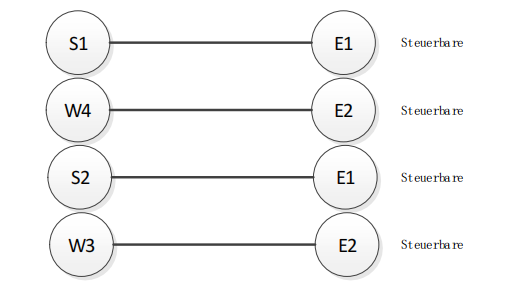
· Swistec-SwiSBox: Provides additional compatibility for flexible control. Connect via Pin A \ Pin B.
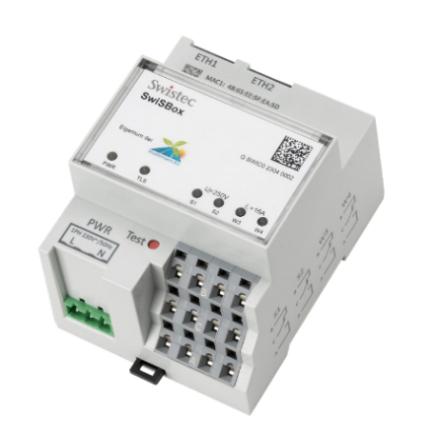
SolaX has ensured that its products are ready for plug-and-play compliance with §14a, offering specific connection points for both inverters and EV chargers.
· Inverters: Most hybrid inverter models are §14a-compliant via the DRM port (Pin 6/Pin 7 or Pin 6/Pin 10). For details, please reach out to the SolaX service team.
· EV Chargers: Second-generation EV chargers connect through the COM1 port (Pin 2/Pin 3), ensuring easy compliance.
As Germany works towards a resilient and sustainable grid, EnWG §14a compliance will set the standard for high-power devices. By choosing SolaX, consumers and businesses not only meet regulatory requirements today but also invest in a solution aligned with the energy future Germany envisions.
With SolaX, you gain a grid-friendly energy system that optimizes efficiency, reduces costs, and supports Germany’s journey towards a cleaner, more sustainable energy landscape.
